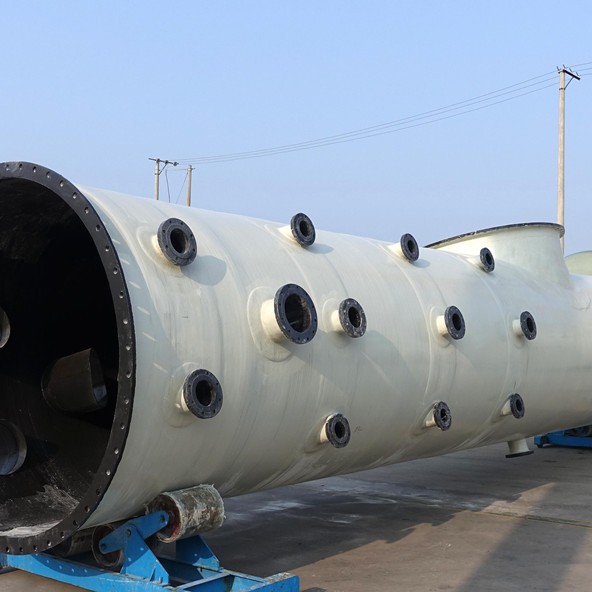
-
 Afrikaans
Afrikaans -
 Albanian
Albanian -
 Amharic
Amharic -
 Arabic
Arabic -
 Armenian
Armenian -
 Azerbaijani
Azerbaijani -
 Basque
Basque -
 Belarusian
Belarusian -
 Bengali
Bengali -
 Bosnian
Bosnian -
 Bulgarian
Bulgarian -
 Catalan
Catalan -
 Cebuano
Cebuano -
 China
China -
 China (Taiwan)
China (Taiwan) -
 Corsican
Corsican -
 Croatian
Croatian -
 Czech
Czech -
 Danish
Danish -
 Dutch
Dutch -
 English
English -
 Esperanto
Esperanto -
 Estonian
Estonian -
 Finnish
Finnish -
 French
French -
 Frisian
Frisian -
 Galician
Galician -
 Georgian
Georgian -
 German
German -
 Greek
Greek -
 Gujarati
Gujarati -
 Haitian Creole
Haitian Creole -
 hausa
hausa -
 hawaiian
hawaiian -
 Hebrew
Hebrew -
 Hindi
Hindi -
 Miao
Miao -
 Hungarian
Hungarian -
 Icelandic
Icelandic -
 igbo
igbo -
 Indonesian
Indonesian -
 irish
irish -
 Italian
Italian -
 Japanese
Japanese -
 Javanese
Javanese -
 Kannada
Kannada -
 kazakh
kazakh -
 Khmer
Khmer -
 Rwandese
Rwandese -
 Korean
Korean -
 Kurdish
Kurdish -
 Kyrgyz
Kyrgyz -
 Lao
Lao -
 Latin
Latin -
 Latvian
Latvian -
 Lithuanian
Lithuanian -
 Luxembourgish
Luxembourgish -
 Macedonian
Macedonian -
 Malgashi
Malgashi -
 Malay
Malay -
 Malayalam
Malayalam -
 Maltese
Maltese -
 Maori
Maori -
 Marathi
Marathi -
 Mongolian
Mongolian -
 Myanmar
Myanmar -
 Nepali
Nepali -
 Norwegian
Norwegian -
 Norwegian
Norwegian -
 Occitan
Occitan -
 Pashto
Pashto -
 Persian
Persian -
 Polish
Polish -
 Portuguese
Portuguese -
 Punjabi
Punjabi -
 Romanian
Romanian -
 Russian
Russian -
 Samoan
Samoan -
 Scottish Gaelic
Scottish Gaelic -
 Serbian
Serbian -
 Sesotho
Sesotho -
 Shona
Shona -
 Sindhi
Sindhi -
 Sinhala
Sinhala -
 Slovak
Slovak -
 Slovenian
Slovenian -
 Somali
Somali -
 Spanish
Spanish -
 Sundanese
Sundanese -
 Swahili
Swahili -
 Swedish
Swedish -
 Tagalog
Tagalog -
 Tajik
Tajik -
 Tamil
Tamil -
 Tatar
Tatar -
 Telugu
Telugu -
 Thai
Thai -
 Turkish
Turkish -
 Turkmen
Turkmen -
 Ukrainian
Ukrainian -
 Urdu
Urdu -
 Uighur
Uighur -
 Uzbek
Uzbek -
 Vietnamese
Vietnamese -
 Welsh
Welsh -
 Bantu
Bantu -
 Yiddish
Yiddish -
 Yoruba
Yoruba -
 Zulu
Zulu
grp products for steel smelting plant
Innovations in GRP Products for Steel Smelting Plants
Steel smelting, a vital process in the steel production industry, has undergone numerous technological advancements over the years. One of the emerging trends in this field is the incorporation of Glass Reinforced Plastic (GRP) products, which have proven to be game-changers for steel smelting plants. GRP, known for its lightweight, strength, and corrosion resistance, offers a myriad of advantages that traditional materials often struggle to provide.
The Significance of GRP in Steel Smelting
Steel smelting involves extreme temperatures and harsh environmental conditions, which can take a toll on the materials used in the construction of smelting facilities. Conventional materials like steel and concrete, while robust, are often susceptible to corrosion, wear, and thermal expansion. GRP products represent a viable alternative due to their unique properties. Composed of a polymer matrix reinforced with glass fibers, GRP can withstand the rigors of high-temperature processes, making it an ideal candidate for various applications within steel smelting plants.
Applications of GRP Products
One of the key applications of GRP in smelting plants is in the manufacturing of tanks and vessels. These tanks, used for storing raw materials, chemicals, and molten metal, benefit from GRP's resistance to corrosion and thermal shock. Unlike metal tanks, which can corrode over time when exposed to certain chemicals, GRP tanks maintain their integrity, reducing maintenance costs and enhancing operational reliability.
Furthermore, GRP is also utilized in the production of piping systems. The ability of GRP to handle high pressures and resist chemicals makes it an excellent choice for transporting molten metal and slag within the plant. The lightweight nature of GRP allows for easier handling and installation, effectively lowering labor costs and construction times.
grp products for steel smelting plant

Another notable application is in the manufacturing of equipment housings and protective barriers. GRP's robustness not only protects sensitive equipment from extreme temperatures and potential impacts but also contributes to a safer working environment for operators. The use of GRP in safety barriers can significantly reduce the risk of accidents, thereby improving overall workplace safety.
Environmental Advantages
In addition to its performance characteristics, GRP products also align with the industry's growing emphasis on sustainability. As steel smelting plants strive to reduce their environmental footprint, GRP offers a sustainable alternative to traditional materials. The longevity of GRP components translates to less frequent replacements, resulting in lower waste generation over time. Additionally, GRP production processes have a smaller carbon footprint compared to that of metals, making it an attractive option for environmentally conscious companies.
Conclusion
The integration of GRP products in steel smelting plants marks a significant progress in the pursuit of efficiency and sustainability in the steel industry. With their remarkable resistance to corrosion, lightweight characteristics, and equivalent performance under high-temperature conditions, GRP products are proving essential. From tanks and piping systems to equipment housings, the potential applications of GRP are vast and varied.
As the steel industry continues to evolve and adapt to meet the demands of modern manufacturing, the role of innovative materials like GRP will be crucial. Embracing these advancements not only enhances operational efficiency but also contributes to a safer and more sustainable future for steel smelting. The ongoing research and development in GRP technologies promise to further unlock new possibilities, ensuring that steel production remains not only productive but also environmentally responsible.
Latest news
-
Exploring the Benefits of Top Hammer Drifter Rods for Enhanced Drilling PerformanceNewsJun.10,2025
-
High-Precision Fiberglass Winding Machine for GRP/FRP Pipe Production – Reliable & Efficient SolutionsNewsJun.10,2025
-
FRP Pipes & Fittings for Shipbuilding - Corrosion-Resistant & LightweightNewsJun.09,2025
-
Premium FRP Flooring Solutions Durable & Slip-ResistantNewsJun.09,2025
-
Premium Fiberglass Rectangular Tanks Durable & Lightweight SolutionNewsJun.09,2025
-
Tapered Drill String Design Guide Durable Performance & UsesNewsJun.09,2025









